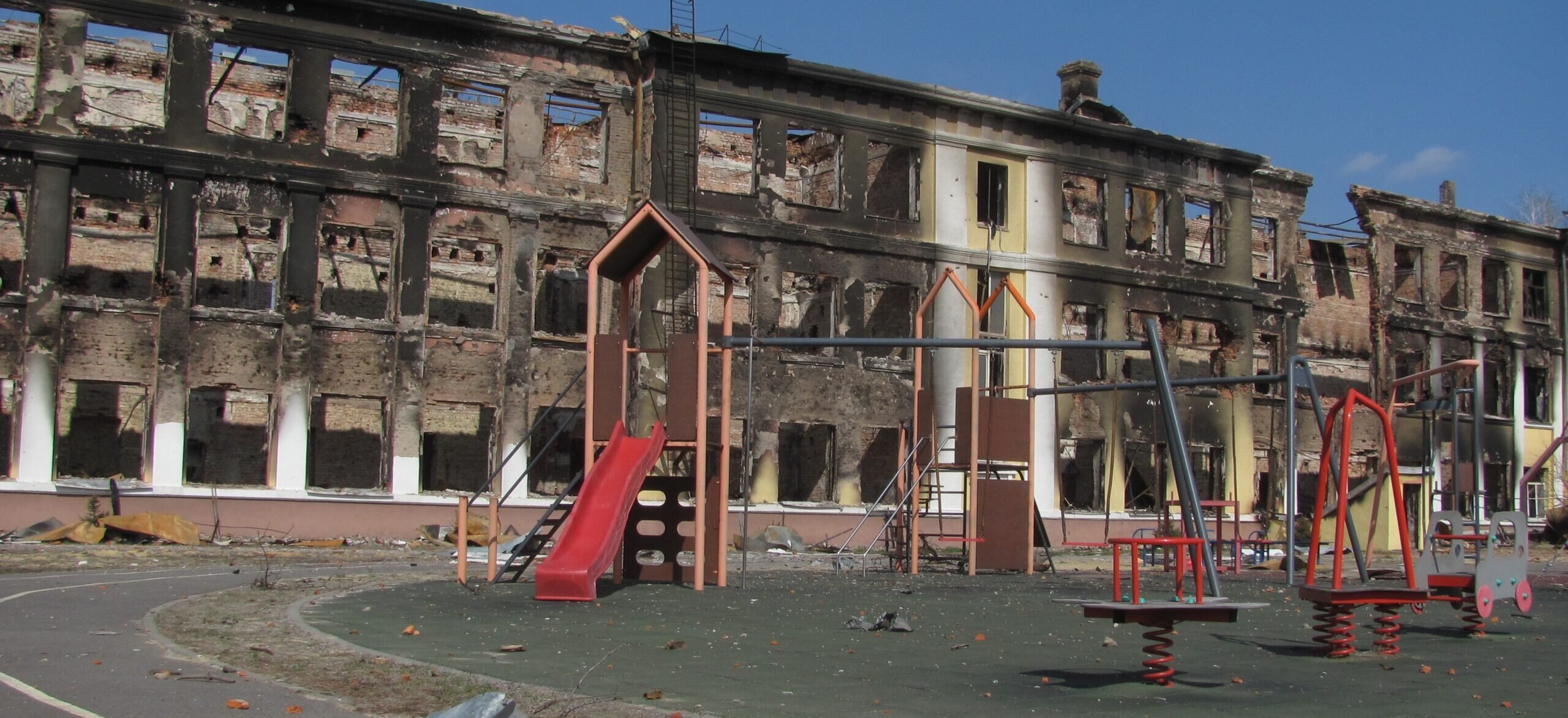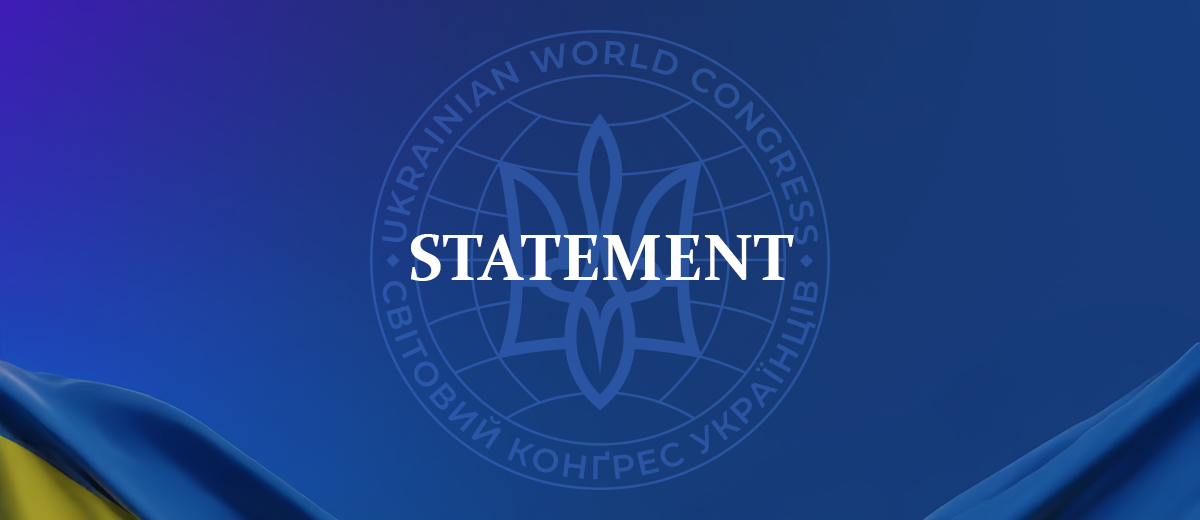

Anna Sydoruk, Executive Director of the Osvitoria public association
Source: NV. Business
About 4 million students study in Ukraine. Nearly one in four attend school exclusively online, and 400,000 study abroad. Russia is deliberately targeting and destroying Ukraine’s education system — but how can this be stopped?
“Educide” (or “Scholasticide”) refers to deliberate actions by an aggressor aimed at damaging or destroying the education system of the attacked country. In other words, it’s genocide against education. This is not accidental or a side effect of war. Educide is a calculated strategy with consequences that will affect society for decades.
The term was first used in 2009 to describe the destruction of educational infrastructure in Gaza during conflict. Hans-Christof von Sponeck introduced “educide” into academic discussions to explain the effects of the Iraq war, where destroyed schools, targeted killings of teachers, and the flight of intellectual elites led to catastrophic declines in education.
In Ukraine, educide has reached unprecedented levels due to Russian aggression. It’s about far more than just damaged or destroyed schools.
Beyond physical destruction, educide shows up in several ways:
- Frequent air raid alerts disrupt the school day;
- Reports of schools being mined force children and teachers to take shelter or evacuate, interrupting learning;
- In temporarily occupied areas, history is rewritten with pro-Russian narratives. Ukrainian teachers are pressured to cooperate or face severe punishment for supporting Ukraine;
- Security risks prevent hundreds of thousands of children from attending in-person classes.
Unfortunately, only the physical damage can be precisely measured. To date, 3,798 educational institutions have been damaged, with 365 completely destroyed — accounting for over 15% of Ukraine’s entire educational infrastructure. The World Bank estimates the cost of repairs at \$5.6 billion. Schools have been hit the hardest, with 1,888 school buildings affected. Most of these are located in Eastern and Southern Ukraine, where between 35% and 69% of schools in Donetsk, Kharkiv, Kherson, and Luhansk regions have been damaged or destroyed.
But damaged and destroyed schools are more than just buildings needing reconstruction or repair. They represent lost opportunities for students to interact with their peers and attend in-person classes, which directly contributes to deepening educational setbacks.
Cover: Shutterstock









